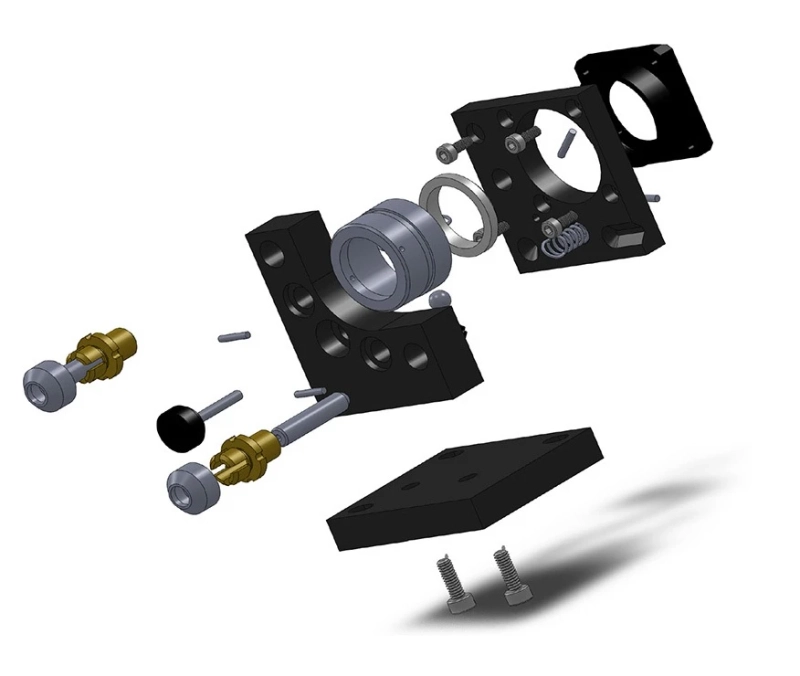The internal degrees of freedom of a sample of atoms in vapor are altered by optical pumping using light. These internal degrees of freedom, which are populated by the absorption and emission of light, are angular momentum states of the atomic ground state. The density matrix, resonance, and the criteria for angular momentum selection are only a few of the quantum mechanical phenomena that this experiment shows.
A wide range of applications, including the laser, Oem laser head with accurate measurements of atomic clocks and hyperfine level splittings, sensitive measurements of weak magnetic fields, and newly enhanced features all depend on optical pumping. This offers a wide range of measurement opportunities, including the examination of resonance line shapes and their relationship to exponential decay, measurement of optical depth, atomic electron polarisation, and relaxation rates, nuclear moments, fine structure splittings, radio frequency electron paramagnetic resonance (EPR), and fine structure measurements.
The experiment makes use of a solid-state laser diode. For the Doppler Free Spectroscopy experiment, a comparable laser is utilized.
By using Optical pumping in laser to excite a laser medium, it is necessary for the medium's absorption spectra to match the pumping source's emission spectrum, allowing for significant radiation absorption.
Only a small portion of the light from conventional light sources used for optical pumping is utilized in the excitation process because of their broad emission spectrum. Optical pumping is typically not an effective technique for gas lasers because gas atoms only absorb a small fraction of the spectrum. Since the absorption spectra of solids are broader than those of gases, solid-state lasers can be pumped more effectively by common light sources than gas lasers can. Consequently, an electric discharge is frequently used to activate gas lasers.
We need to locate an optical source with a very narrow bandwidth that matches the limited absorption spectral lines of the gas when we want to activate a gas laser by optical pumping. Another laser is a useful source for optically pumping a gas laser. The time domain and frequency domain representations are the two types of models that are frequently used to examine how a circuit operates.


